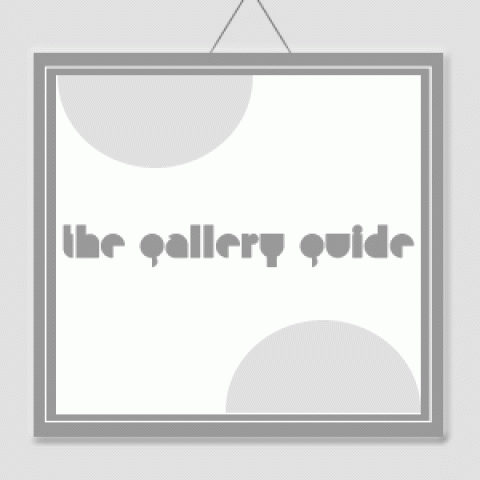Sumarria Lunn
36 South Molton Lane
London
W1K 5AB
United Kingdom

With a real axe pinning a photograph of itself to the wall, Darren Harvey-Regan's 'The Halt' raises questions. Is photography still confined to the limitations implied by the word 'photography'? Is the line between photography and sculpture blurring? Does photography still speak of the two-dimensional, or has it always been misunderstood? Through the work of artists such as Darren Harvey-Regan, Julie Cockburn, Noemie Goudal and Francis Mason we are increasingly seeing photography treated as object rather than surface. Not limited by common perceptions of the medium, this exhibition explores what happens to a genre once it has breached its own boundaries.
Entwining image and object, the work of Darren Harvey-Regan often sees a hybridisation of the conventions of photography and sculpture. As quietly humorous as they are frustrating his works challenge the viewer to distinguish where representation ends and the object begins. 'The presentation of photographs in interaction with objects serves to highlight the inherent tensions within representation; between the photograph as an object and the image of the world it contains. In this way, I consider the photograph as being something not only to think about, but to think with.†An axe embedded in its own reflection sees us mentally re-enacting the process that lead to its creation and considering its connotations, while a photograph of a saw inserted into a real wood block inverts this relationship playing with notions of representation while emphasising the materiality of the photograph as an object.
Noemie Goudal's work has more in common with set design than traditional photography. She builds 'walls' of images made up of multiple joined A3 photographs that hang together to show one environment and then captures these photographs again as constructed objects in another alien yet strangely complementary setting. Goudal's work is very consciously constructed, as much effort is made to support a sense of illusion as is done to undo it. While rubble in a barn seems to form the edge of a promenade in the tropical scene that follows, the imagination is tested not only by the otherwise conflicting scenes, but by the conscious imperfections in the staged image - we can clearly see the joined A3 prints that make up the photograph. Furthermore, incorporating her physical space rather than it being incidental, Goudal leaves us in visual limbo.
Julie Cockburn's work sees found vintage photographs transformed as objects though various manipulations that emphasis their materiality. Processes such as direct embroidery, intricate collage and layering with real objects mock traditional understandings of photography and indeed portraiture. As soon as a cut or stitch is made the physicality of the photograph as an object is laid bare and any concept of two-dimensionality is dispensed with. Visceral, almost Cubist, cuts to her subject's faces avoid connotations of scarring and instead become peep-holes which promise other worlds. This is just one of the processes by which the artist makes enigmas of identity and questions her subjects place in history. Other work is embroidered directly though the photograph to create geometric nets like halos around the figures, enhancing their character or altering it completely.
Francis Mason's portraits of everyday architecture promote the raw idea of urban sprawl imploding through combining represented photographic surfaces seamlessly with real sections of mortar, plaster and wood. Modern homes and offices are made redundant; their windows deceptively replaced with blocks of textured concrete that deaden any idea of an active interior. The sheen of promises made by the buildings in the photographs and the society that constructed them are silenced by the defunct material they are filled with. While questioning our social values, works like 'Extrusion 1' with its wooden spikes protruding violently from the concrete filled section of the image are as much sculpture as they are photography.
